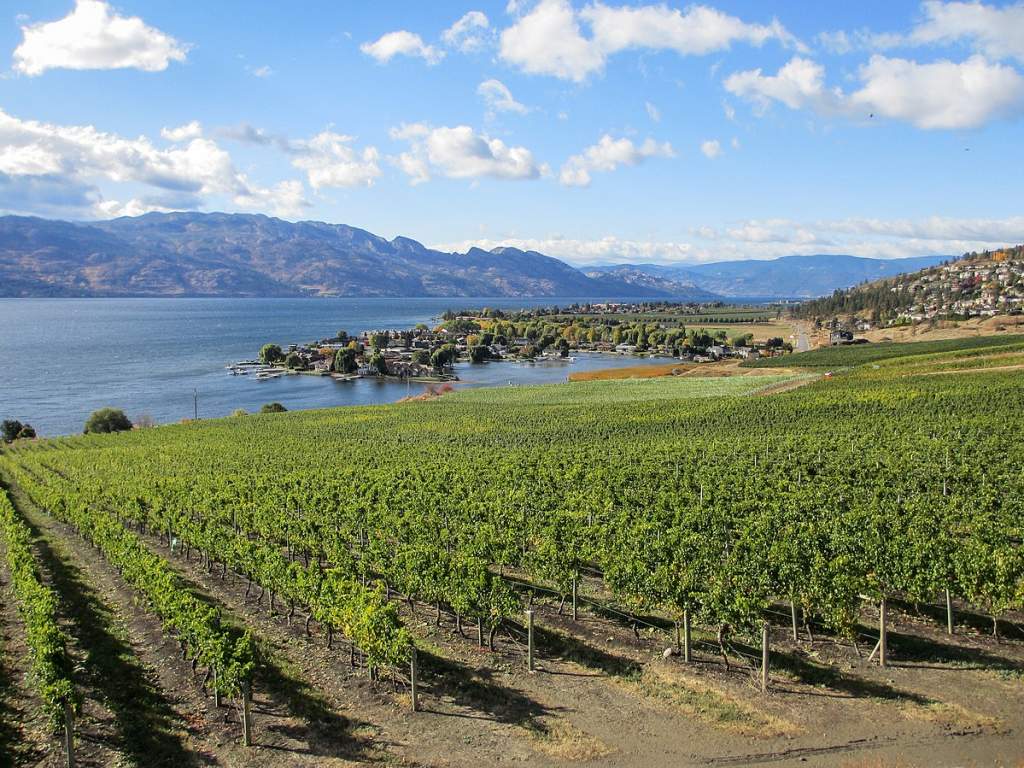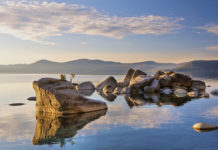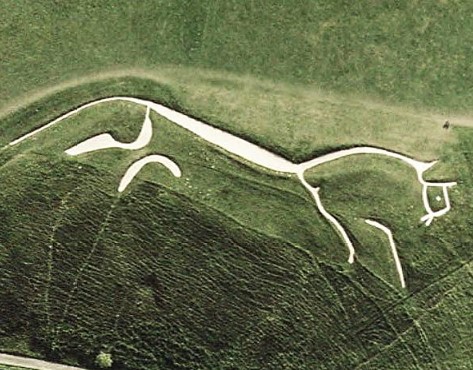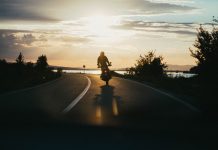The Okanagan, centered around the Okanogan River (spelled Okanagan in Canada) and Okanagan Lake, lived on what became both sides of the border between northern Washington State in the United States and southern British Columbia in Canada. It is also known as the Okanagan Valley and, from time to time, as the Okanagan Country, which is a region in British Columbia. Like the name of the river at the heart of their native soil, the tribal name also varies in spelling; in addition to Okanagan and Okanogan, one also sees Okanagon and Okinagan.
The name pronounced oh-Kuh-NAH-gun, formerly referred to a fastidious place along the river, near Okanogan Falls at the mouth of the Similkameen tributary, before being used for the tribe. Okanagan tradition preserves that Okanogan Falls is the place of origin of the tribe. The Okanagan were organized into autonomous bands, each with a chief advised by a council of elders, who supported selecting temporary war chiefs in times of warfare. The most primitive classifications site two divisions: the Okanagan proper along the Okanogan River, with four bands, and the Similkameen Okanagan along the Similkameen River, with three bands.
A classification discusses the Lower Okanagan, or Sinkaietk (for “the people”) in the U.S., and the Upper Okanagan in Canada, with the mouth of the Similkameen more or less serving as a dividing line between them. Isonkva’ili for “our people,” has also been used as a Native name by some among them. The Okanagan spoke a Salishan language and are thus one of those tribes grouped as Interior Salishans or (Interior Salish) of the Plateau Culture Area to distinguish them from the Coast Salishans (or Coast Salish) of the Northwest Culture Area.
Tribes related linguistically are the Colville, Lake, and Sanpoil. Okanagan pole-frame earth-covered pit-houses were circular and entered from the roof. In the summertime, when at fishing, hunting, or plant gathering sites, tribal members also took shelter in temporary conical pole frame mat-covered dwellings. They used bark-covered canoes on the waterways. At the beginning of the 18th century, the Okanagan acquired horses, which changed some of their traveling and hunting patterns. Staple foods consisted of salmon, deer, and rabbit, as well as roots and berries.
They wove baskets out of cedar bark or spruce roots. Their principal deity, painstaking the Creator, was recognized in their dialects as Great Mystery, Chief Above, or Chief of the Dead. Coyote was a significant legendary being in their mythology. The Okanagan were traditional enemies of the Shuswap to the north and to the south. Some of their later lands had originally been occupied by Shuswap. The earliest contacts with non-Indians were with traders, probably first in the late 1700s. A recorded encounter was made at Fort Kamloops (modern Kamloops, British Columbia) in 1805. The Hudson’s Bay “brigade trail” led right through the Okanagan territory, from that post to Fort Colville in present-day Washington.

David Thompson of the North West Company is recognized as having visited them in 1811. However, in 1848, the international boundary between the U.S., and Canada was established. Even though the Indians at first ignored it, the border made contact among the variety of Okanagan bands and families more difficult in the ensuing decades. In 1858, gold was discovered on the Fraser River, bringing more and more non-Indians to the region. Disputes and outbreaks of violence followed.
The Colville Reservation was established in 1872, and Okanagan, on the U.S. side of the border, was forced to settle there with other Interior Salishans. Okanagan in Canada, not having discussed a treaty, were assigned to a variety of small reserves in the early 1900s. Moreover, in 1982, the Penticton Okanagan band became the first of the British Columbia First Nations to reach a settlement with the Canadian government for its claim regarding lands unduly appropriated. The Lower Similkameen, Okanagan, Osoyoos, Penticton, Upper Similkameen, and Westbank bands are most active in British Columbia. However, Okanagan descendants in Washington live among other Salishans, in particular on the Colville Reservation.
Read More: Amazing Limestone Pavements of Orton Fells







